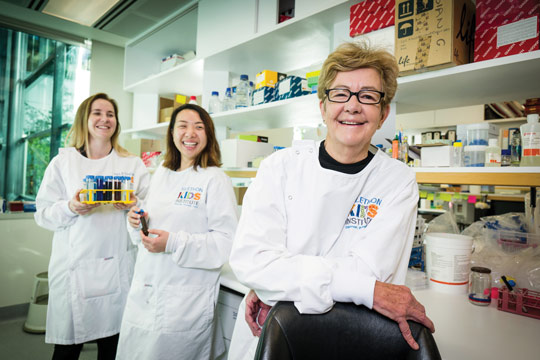Search
Research
Myopia is associated with lower vitamin D status in young adultsThe aim of this study was to investigate the link between vitamin D levels in the blood and short-sightedness in young adults.
Research
Ultraviolet radiation exposure and serum vitamin D levels in young childrenThis paper examined the link between UV exposure and vitamin D production in young children to determine how long it takes for sun exposure to affect serum...
Research
Vitamin D deficiency causes airway hyperresponsiveness and increases airway smooth muscle mass in the lungs of female BALB/c miceWe tested whether there is a causal association between vitamin D deficiency, airway smooth muscle (ASM) mass, and the development of airway hyperresponsiveness
Research
Maternal vitamin D levels during pregnancy and offspring eating disorder risk in adolescenceThis is the first study to link low gestational vitamin D to increased eating disorder risk in female offspring of Caucasian mothers.

News & Events
UV and Vitamin DResearchers at The Kids Research Institute Australia are continuing to hone in on the effects of ultraviolet radiation and vitamin D on the immune system.

News & Events
Sun safe app - Be part of a real life research projectThe Kids Research Institute Australia researchers are developing a mobile phone app that will give you tailored advice for your skin type.

News & Events
Unlocking the health benefits of sun exposureLike all of us, Dr Shelley Gorman grew up with the 'slip, slop, slap' message. And for good reason, Australia is one of the sunniest countries in the world.
News & Events
Vitamin D deficiency affects lung growth and functionResearch has discovered the first concrete evidence linking Vitamin D deficiency with poorer lung function and changes in lung growth.
Research
Exposure to Ultraviolet Radiation in the Modulation of Human DiseasesThis review focuses primarily on the beneficial effects for human health of exposure to ultraviolet radiation
Research
Clinical, research, and public health implications of poor measurement of Vitamin D statusNew initiatives to develop a standard reference method and the assignment of "true" values to samples provide a solution to these problems.
